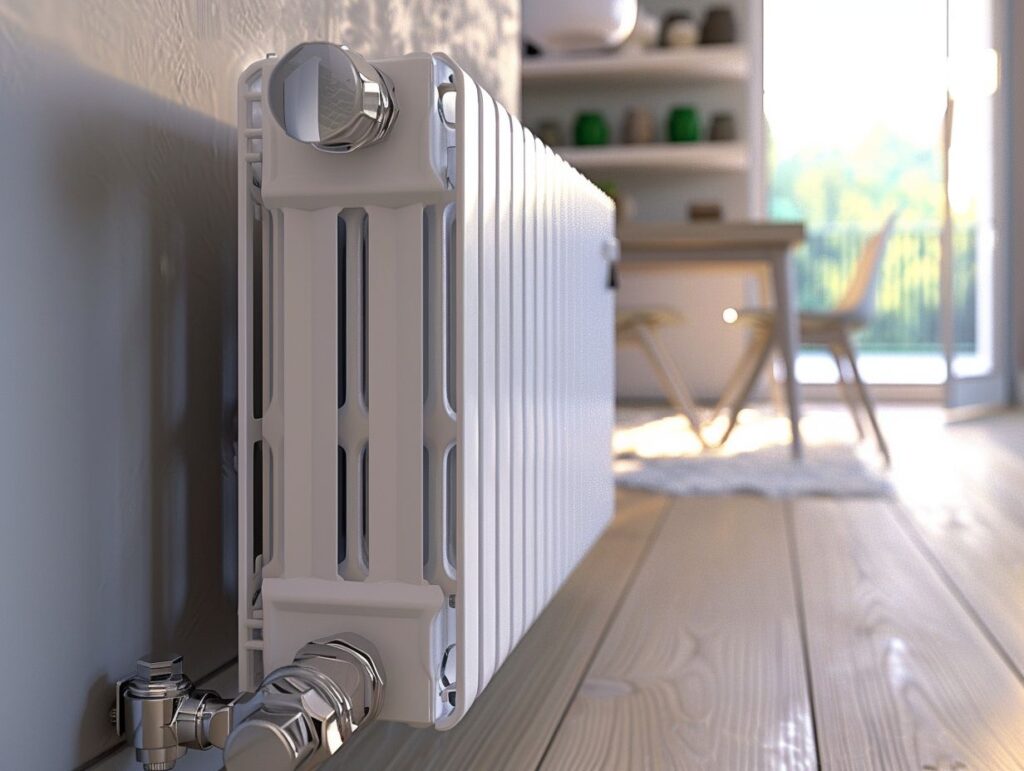Type 11 radiators are a favoured option for heating systems due to their effective heat emission and stylish appearance. Can these radiators, though, be zoned to offer tailored heating solutions for distinct sections of a building?
This examination covers the definition and operation of type 11 radiators, the advantages of zoning them to enhance energy efficiency and temperature management, key factors to evaluate before zoning, the installation procedure, and potential troubleshooting challenges with corresponding tips.
Discover the methods to optimise your heating system’s capabilities by utilising zoned type 11 radiators.
Key Takeaways:
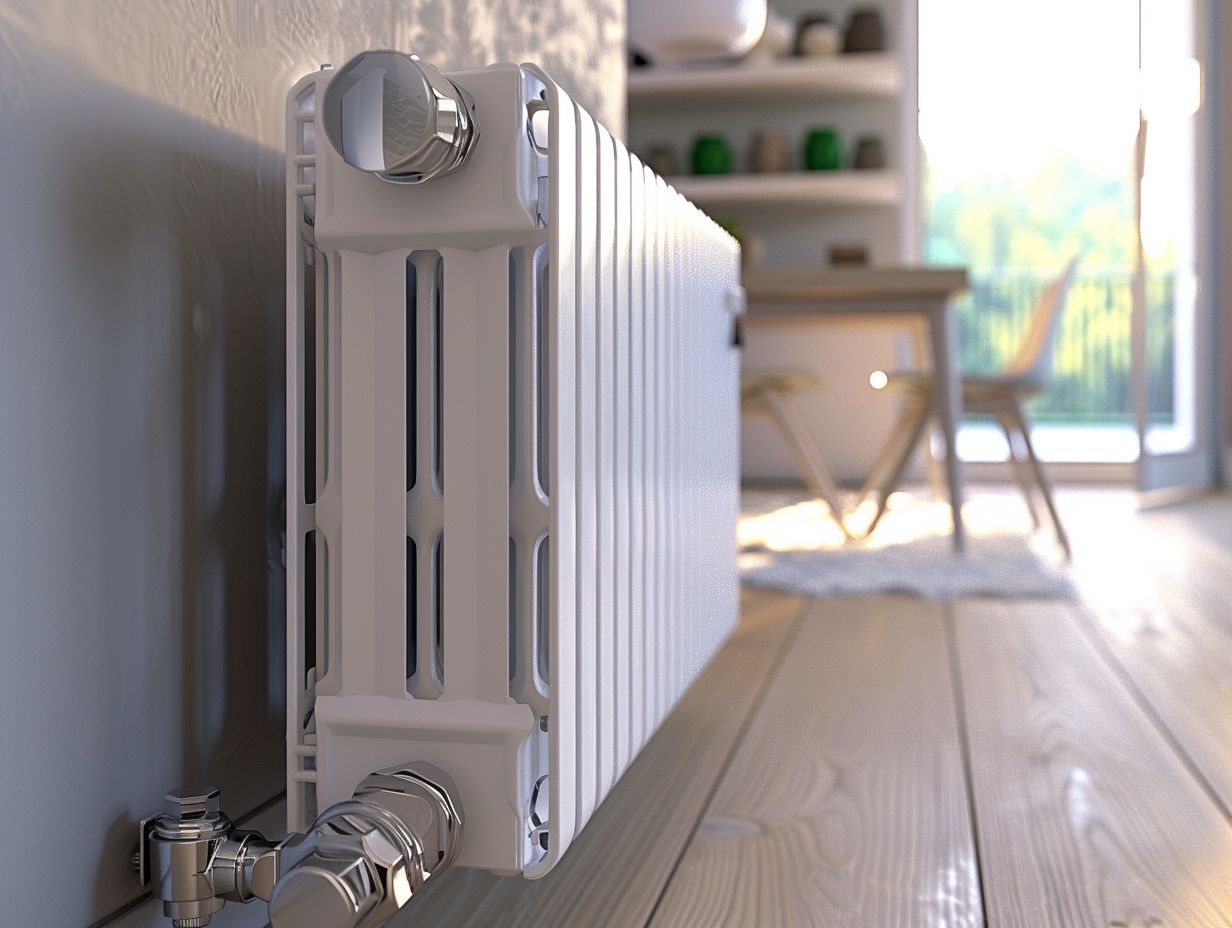
- Zoning type 11 radiators can greatly improve energy efficiency by allowing for heat to be distributed only where it is needed, resulting in lower energy bills.
- With zoning, type 11 radiators can provide customised temperature control in different areas of a space, allowing for maximum comfort and flexibility.
- Proper consideration of factors such as space size and heating system compatibility is crucial when planning to zone type 11 radiators.
The Benefits of Zoning Type 11 Radiators
When you zone Type 11 radiators in a heating system, you can enjoy several benefits, such as improved energy efficiency and personalised temperature control for different sections of a building.
By segmenting a building into specific heating zones, occupants can effectively manage their comfort levels and reduce energy waste. Adjusting the heating levels in areas where less heat is needed can lead to substantial savings on energy expenses.
With the ability to control temperatures independently in different rooms, occupants can customise their environment to meet their preferences, ensuring optimal comfort throughout the building. This zoning approach also promotes a more uniform distribution of heat, eliminating cold spots and maintaining consistent warmth across the entire building.
Improved Energy Efficiency
Zoning Type 11 radiators can significantly enhance energy efficiency for you by allowing selective heating of specific zones or rooms. This approach reduces energy waste and optimises heating output according to individual requirements.
This targeted method of heating can effectively reduce heating costs by ensuring only the necessary areas are heated at any given time, thus preventing unnecessary energy consumption.
The ability to independently control room temperatures with these radiators aids in lowering energy usage. This not only leads to cost savings but also contributes to decreasing the overall environmental impact by minimising energy wastage and encouraging a more sustainable approach to utilising heating systems.
Customised Temperature Control
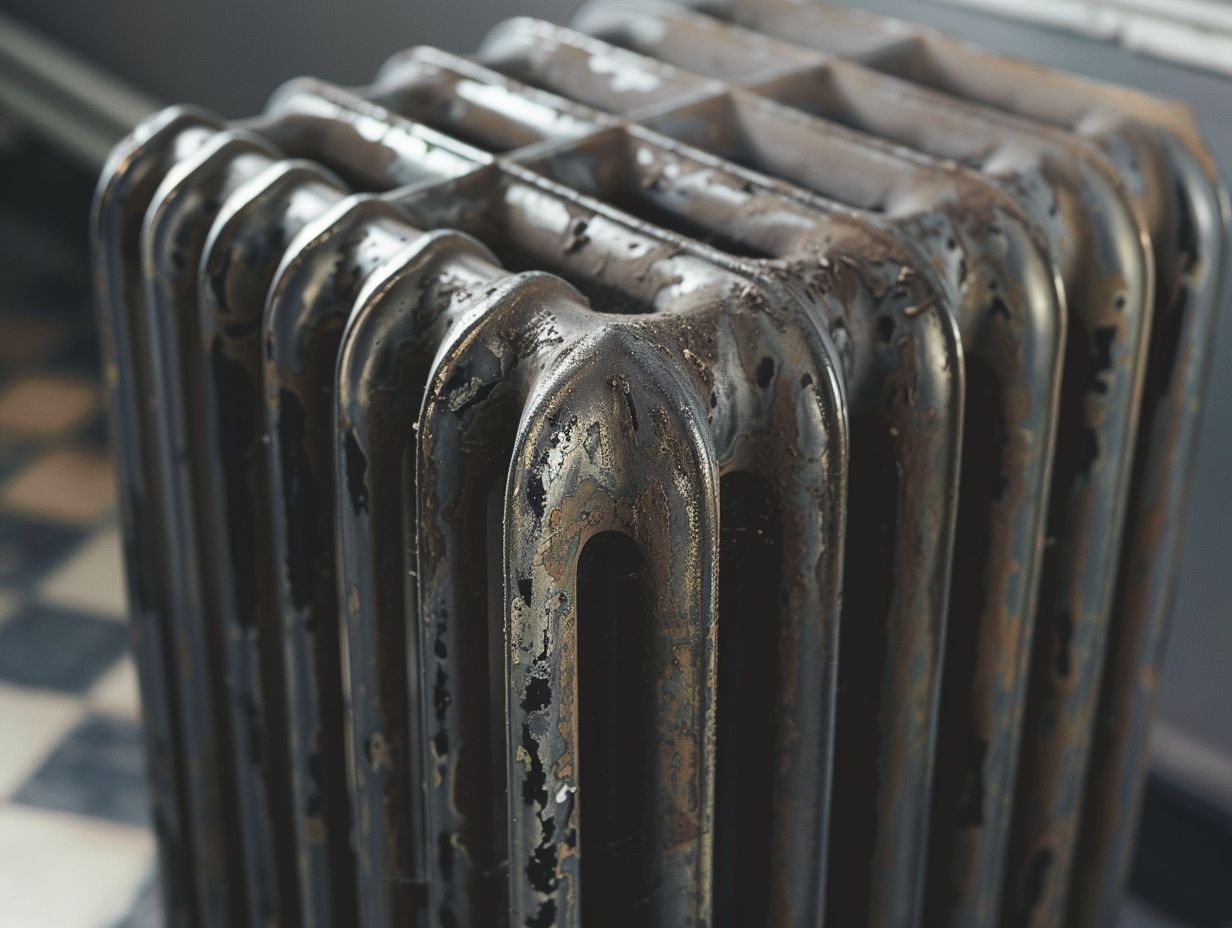
By implementing zoning with Type 11 radiators, you can achieve customised temperature control in different zones or rooms, ensuring optimal comfort levels based on individual preferences and usage patterns. This capability allows each area to be heated or cooled independently, reducing energy wastage in unoccupied spaces and offering significant cost savings.
The flexibility in heating adjustments means that you can adapt the temperature according to specific needs, such as creating a cosy environment in bedrooms while maintaining a cooler ambience in living areas.
With Type 11 radiators, efficient space utilisation is also enhanced, as heating can be targeted precisely where it is needed, leading to a more sustainable and comfortable living or working environment.
Factors to Consider for Zoning Type 11 Radiators
When planning to zone Type 11 radiators, you should consider key factors such as the size and layout of the space, compatibility with the existing heating system, and the desired level of control over individual room temperatures.
Spatial requirements are critical in effectively zoning Type 11 radiators, as the distribution of radiators across different areas directly impacts heat distribution. It is vital to assess the layout of the space to determine the optimal placement of radiators for efficient heating.
Additionally, integrating zoned radiators with the existing heating system is crucial to ensure seamless operation within the overall heating setup. Customisation options like programmable thermostats and smart controls can further enhance zoning capabilities, enabling users to customise heating settings based on specific preferences and usage patterns.
Size and Layout of the Space
Efficient zoning of Type 11 radiators begins with assessing the size and layout of your space. Ensure proper heat distribution and coverage across different areas based on your room dimensions and architectural design.
The size of your space plays a crucial role in determining the number of radiators needed to maintain an optimal temperature. Larger rooms may require multiple radiators strategically placed to provide uniform heating. Considerations for heat dispersion include obstacles that may block airflow, such as furniture or curtains, impacting the radiator’s effectiveness.
Placement considerations involve positioning radiators near cold spots or areas with high heat loss to maximise efficiency. Optimising the radiator system may involve using thermostatic radiator valves to control heat output in specific zones, allowing for customised comfort levels throughout your space.
Compatibility with Existing Heating System
Before implementing zoning with Type 11 radiators, you must assess the compatibility with your existing heating system to ensure seamless integration, optimal performance, and efficient heat management throughout your property.
This evaluation process involves considering the system requirements of the Type 11 radiators and ensuring they align with the capabilities of your current setup. Retrofitting may be necessary to accommodate the zoning features, such as installing thermostatic radiator valves for individual control.
Upgrades like smart thermostat systems can enhance the efficiency and convenience of the zoned heating. By taking these factors into account, homeowners can make informed decisions to optimise their heating system and create comfortable living spaces.
How to Zone Type 11 Radiators
Zoning Type 11 radiators involves a systematic installation and set-up process that includes determining heating zones, installing zone valves or thermostatic radiator valves, and configuring the central controls for efficient temperature management.
When identifying the heating zones in your space, it is crucial to select the appropriate valves based on your system requirements. Opt for high-quality valves that allow individual control over each radiator, facilitating customised heating for different areas. The installation of these valves should be conducted with precision to ensure proper sealing and connection to the radiator.
When configuring the central controls, remember to program each zone according to its specific heating needs, taking into account factors like room usage patterns and desired temperatures.
If any issues arise, troubleshooting tips may involve checking valve connections, rectifying programming errors, or addressing system malfunctions.
Installation and Set-Up Process
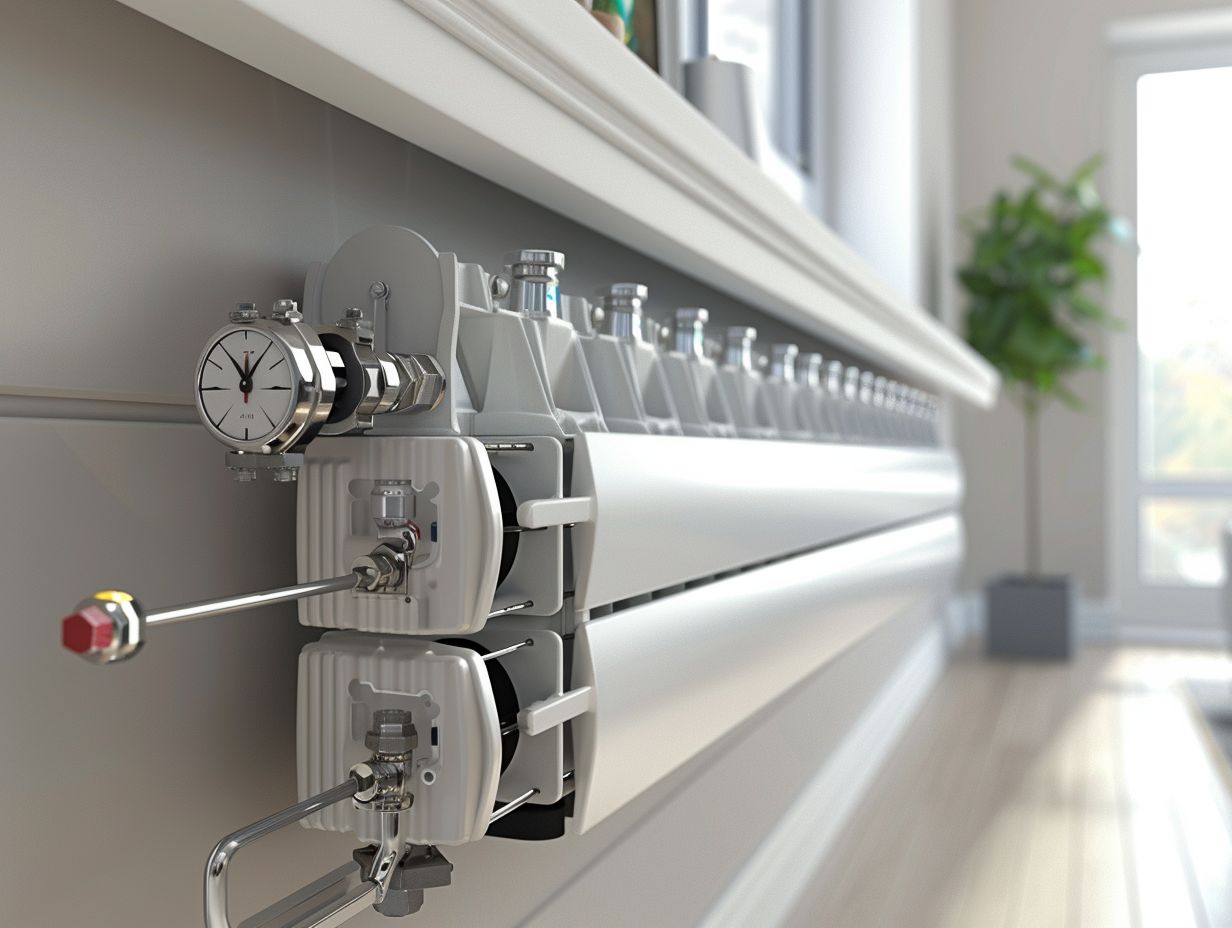
The installation and set-up process for zoning Type 11 radiators involves evaluating your heating requirements, positioning the radiators effectively, and integrating the zoning components seamlessly into your existing heating infrastructure.
To begin the process, it is crucial for you to conduct a thorough assessment of the heating needs within the space where the radiators will be installed. Understanding the specific heating demands of each area will help you determine the optimal placement of the radiators for efficient heat distribution.
Once the evaluation is complete, your next step is to strategically position the radiators in key locations that will ensure uniform heating throughout the space. Proper alignment and spacing of the radiators play a pivotal role in achieving balanced warmth in different zones.
Potential Challenges and Solutions
When zoning Type 11 radiators, you may encounter various challenges including system compatibility issues, uneven heating, or control malfunctions. Fortunately, these challenges can be effectively managed with targeted solutions and troubleshooting strategies.
A common challenge associated with zoning Type 11 radiators is inadequate heat distribution, resulting in certain areas being warmer or cooler than desired. To resolve this issue, it is recommended to balance the system by adjusting the flow of hot water to different zones. This adjustment can help achieve a more consistent level of heating throughout the space.
Moreover, upgrading outdated controls with smart thermostats or zoning systems that offer precise temperature regulation can significantly enhance the overall performance of the system and decrease energy consumption. By proactively addressing these challenges, homeowners can optimise both the efficiency and comfort of their heating systems.
Common Issues and Troubleshooting Tips
Common issues that may arise when zoning Type 11 radiators include temperature imbalances, valve malfunctions, or control system errors.
Troubleshooting these issues involves recalibrating thermostats, inspecting valve connections, and ensuring proper insulation to promote efficient heating. It is essential to address these concerns promptly to maintain the functionality of the radiator system.
Regular valve maintenance is critical for ensuring the smooth operation of the radiator system. Over time, valves can become blocked with debris or mineral build-up, leading to restricted water flow and inadequate heating. Periodically checking and cleaning the valves can help prevent potential issues and maintain optimal performance.
Adjusting the thermostats to align with the desired temperature settings in each zone can help mitigate temperature disparities.
Conducting routine system checks, such as inspecting pipes for leaks and air pockets, can aid in identifying and resolving any underlying problems that may impact the effectiveness of the system. By staying proactive with maintenance and troubleshooting, you can optimise the performance of your Type 11 radiator system.
Frequently Asked Questions
Can Type 11 Radiators Be Zoned?
Yes, Type 11 radiators can be zoned.
What does it mean to zone a radiator?
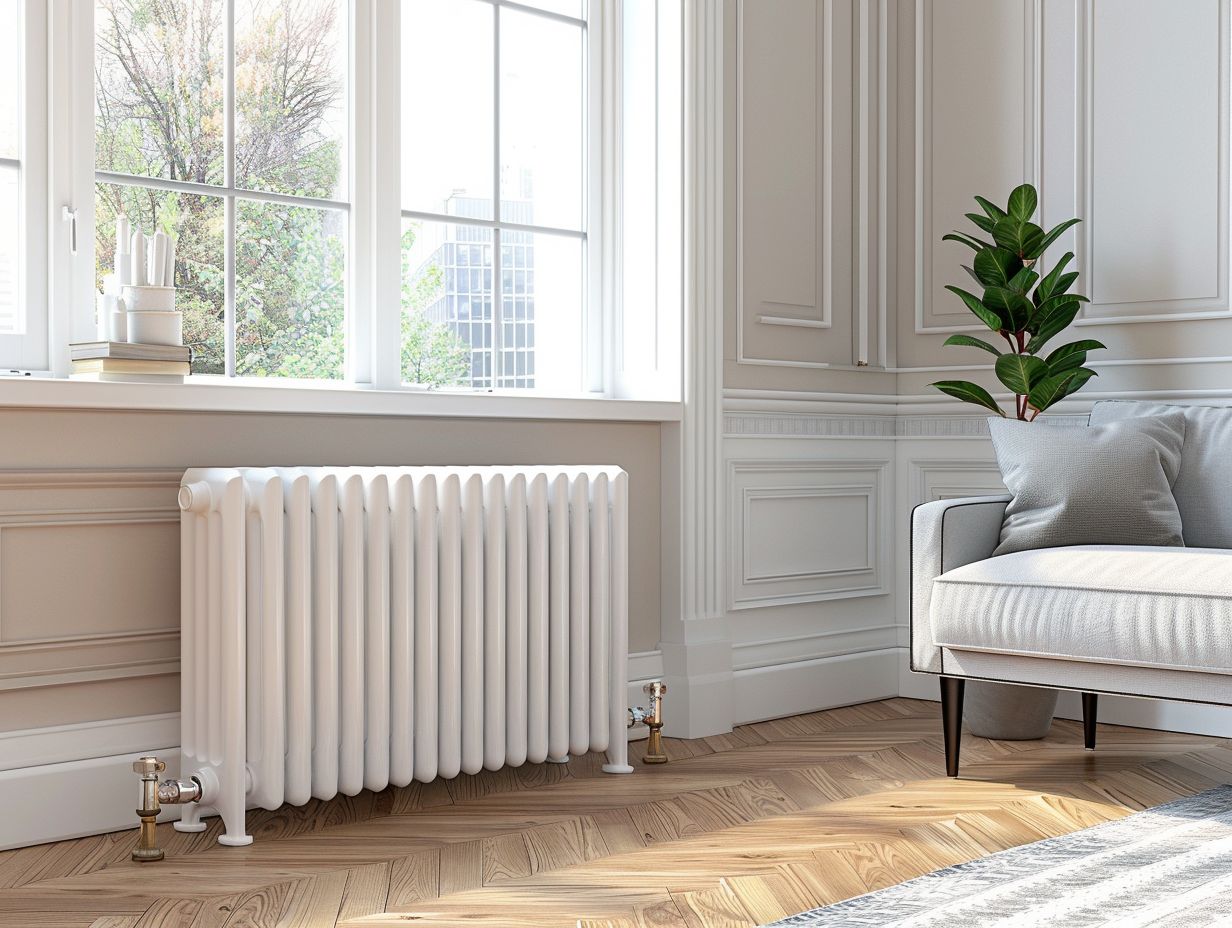
Zoning a radiator involves controlling the heat output of the radiator in different areas or zones of a building.
How can Type 11 radiators be zoned?
Type 11 radiators can be zoned by using thermostatic radiator valves (TRVs) or a central heating control system.
Why would someone want to zone their radiators?
Zoning radiators can help increase energy efficiency and save on heating costs by only heating specific areas of a building when needed.
Do all Type 11 radiators come with TRVs?
No, not all Type 11 radiators come with TRVs. Some may need to be purchased separately and installed by a professional.
Are there any restrictions to zoning Type 11 radiators?
Yes, there may be restrictions depending on the type of heating system and the age of the radiators. It is best to consult with a professional before attempting to zone your Type 11 radiators.

